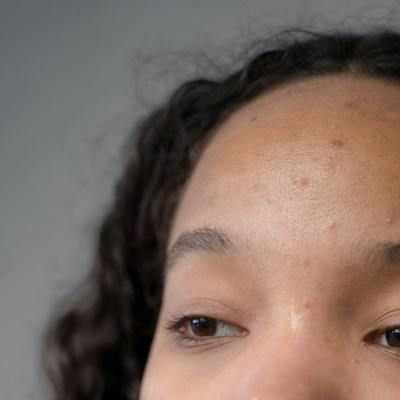Article
Atopic Dermatitis Has Two Major Causes
Author(s):
The two major causes of atopic dermatitis: dysfunctional dermal barrier and immune responses.

Researchers reviewed recent literature regarding the pathogenesis of atopic dermatitis (AD) and concluded that there are two major causes of AD. Those are dysfunctional dermal barrier and immune responses.
The review was published in the journal Allergy, Asthma and Clinical Immunology on October 19, 2016, and was authored by Lianghua Bin MD, PhD, of the Department of Dermatology at the First Affiliated Hospital in at Jinan University in China, and Donald Y. M. Leung, PhD, MD, of the Department of Pediatrics, National Jewish Health.
The reviewers identified 132 publications by using the following search terms: atopic dermatitis, association, eczema, gene, polymorphism, mutation, variant, genome wide association study, microarray, gene profiling, RNA sequencing, epigenetics, and microRNA, in PubMed. All of the studies were published between June 2009 and June 2016. The authors say, “Although several reviews on the topic of AD genetics and epigenetics have been published since 2009, more than 30 new studies have been reported since January, 2015.”
The results included studies with children, adults, and people from various ethnicities. There were candidate gene association studies, which the reviewers say, “focused on the skin epidermal differentiation complex genes and Type 2 immune responses,” and there were genome-wide association studies (GWAS), although the reviewers note such studies are “extremely limited in scope.”
The three GWAS studies the reviewers identified did touch on what is called the “atopic march,” in which children with AD develop asthma and other allergies as they get older, as well as the differences between AD and psoriasis. Other studies investigated genetic variants and were categorized by the reviewers as gene expression profiling assays. The reviewers say that “investigation of the transcriptome in disease relevant tissues and cells” is an “ideal strategy to identify molecular signatures of complex diseases.”
Epigenetic studies of AD, which the reviewers say investigate how “industrialization or the western life style associated with increased stress, more sedentary life style, obesity, low vitamin D level, overuse of antibiotics, etc.” impacts the increasing incidence of AD.
The reviewers note that, “Currently, all published studies of gene profiling assays with AD have involved relatively small sample sizes,” and add that “replication and validation are significantly needed.” They conclude that, “The dysfunctional epidermal barrier and immune responses reciprocally affect each other, and thereby drive the development of AD.”
Related Coverage:

Study Compares ChatGPT-4 Diagnostic Abilities to Teledermatologists




